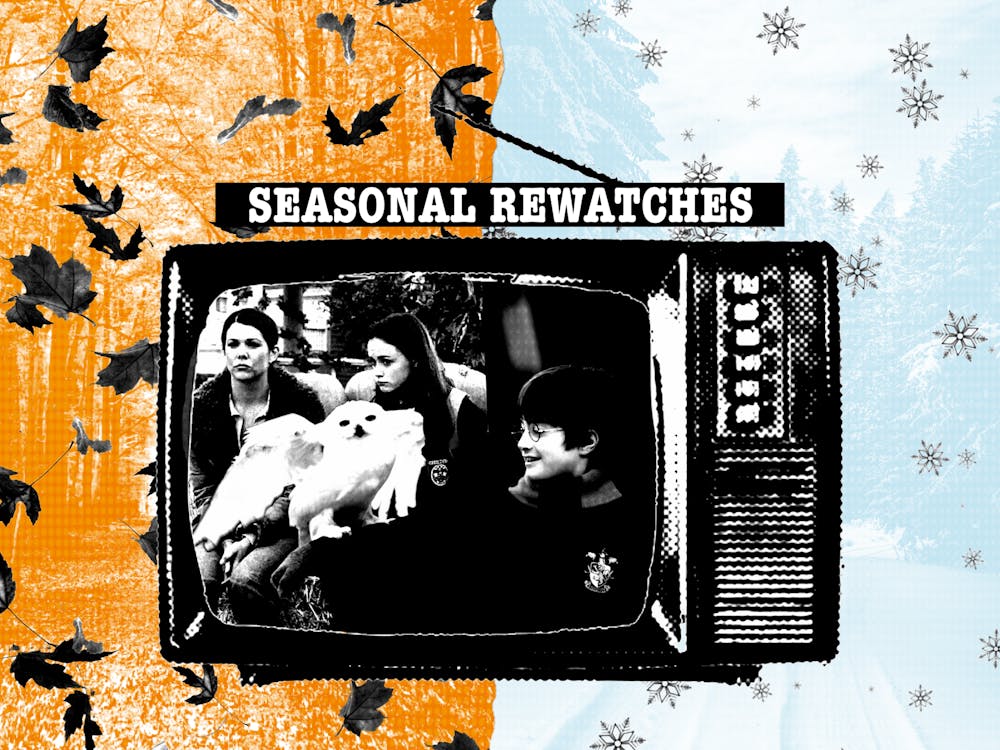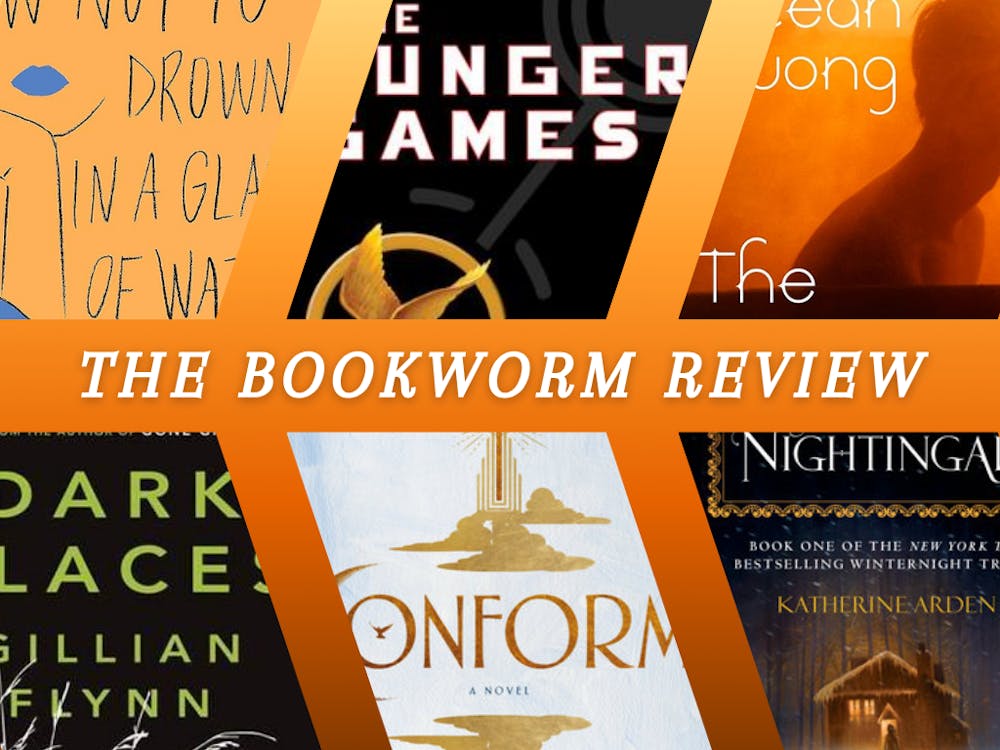Over the years, LGBTQ+ representation has become increasingly more prominent in television and film. For the most part, this is a great thing, especially when it’s done well. However, that is not always the case.
A few projects have made poor attempts to incorporate it, leading to bad and occasionally insensitive LGBTQ+ representation.
Here are some examples of when representation works, as well as when it doesn’t.
The good
Released in 1998, “Will & Grace” was groundbreaking for LGBTQ+ representation on TV. The show was one of the first successful series to feature openly gay characters, although it did face some criticism and backlash for stereotypical portrayals. Despite the controversy, the show helped to normalize the presence of gay characters on television in a time where it wasn’t very popular or accepted.
“But I’m a Cheerleader,” a comedy starring Natasha Lyonne as a closeted lesbian cheerleader who gets sent to a conversion camp, was released in 1999. Once again, this film was released before LGBTQ+ characters in entertainment were commonly accepted. Today, it’s regarded as a lesbian classic and, although some parts of it have not aged too well, it remains one of the most popular queer films.
Based on the Alice Oseman webcomics and graphic novels of the same name, Netflix’s “Heartstopper” follows a cast of primarily LGBTQ+ characters as they face the hardships and heartaches of their teenage years. The series is known for its portrayal of queer characters, as well as the unique art style and design of its source material.
More recently, the brilliant, laugh out loud comedy “Bottoms” follows two lesbian best friends as they form an all-female fight club at their school in order to get closer to their crushes. The film includes some great LGBTQ+ representation and is a fun watch for anyone looking for a good laugh.
Films such as “I Care a Lot,” “The Rocky Horror Picture Show” and “Carol” are other popular movies known for their queer representation and storylines.
Indirect representation
Films and shows don’t have to be entirely centered around LGBTQ+ characters in order to be good representation. Sometimes, a project having gay characters whose main storyline does not surround their sexuality can be even better.
The hit comedy series “Schitt’s Creek” features Dan Levy as David Rose, the pansexual son of Johnny and Moira Rose. Though his sexuality is an important part of his character and storyline, his role within the show is much more than that. Oftentimes, shows with gay characters make that their entire purpose, and this is certainly not one of those series.
Enjoy what you're reading?
Signup for our newsletter
Though not introduced until the second season of the series, “The Morning Show” on Apple TV+ features a sapphic relationship between Reese Witherspoon’s Bradley Jackson and Julianna Margulies’ Laura Peterson. In season two especially, the representation is great. The LGBTQ+ storyline is mixed in with various other plots, showing a lot more depth to the characters than just their sexuality. In season three, the representation isn’t as well executed, and almost feels like more of a tactic to get viewers than to actually tell queer stories.
“Booksmart,” the hit coming of age comedy from Olivia Wilde, also contains some excellent representation without it being the main focus of the film. The movie follows two best friends who realize they never did anything fun in high school as they prepare to graduate, and one of these friends happens to be gay. It touches on the topic beautifully without making it the center of attention throughout the entire film.
Shows like “Euphoria” and “Sex Education" also prominently feature LGBTQ+ relationships without them being the entire focus of the series.
If you’re looking for some more well-done, queer movies, assistant entertainment editor Chloe Southard has made a list of her favorite LGBTQ+ films on Letterboxd.
The bad
“They/Them,” a failed attempt at making an LGBTQ+ slasher film, takes place at a conversion camp. The depictions of gay characters within the film are incredibly stereotypical and almost laughable, and the ending had some very homophobic undertones. This film is the perfect example of queer representation being executed poorly.
The hit CW show “Riverdale” made an attempt to incorporate LGBTQ+ representation into the series, but it was poorly done. Although the show features a lot of gay characters, they’re portrayed in ways that are stereotypical and, sometimes, problematic. In season one, two heterosexual female characters kiss each other for nothing but shock value. “Riverdale” is one of the worst shows for queer representation, because although there was an attempt, the execution was awful.
“Pretty Little Liars,” the hit TV series inspired by the novels of the same name, features an LGBTQ+ relationship between Emily Fields, one of the protagonists, and Maya, a side character. The relationship felt a bit forced, and although it’s great that the show had bisexual representation, they also fell victim to the stereotypical trope with queer characters, “bury your gays.” It is interesting that Fields dealt with homophobia from her family, but it was approached very poorly.
Though the show does contain some good representation, “Orange Is the New Black'' did a poor job when writing the LGBTQ+ storyline for the main protagonist, Piper Chapman. Many consider it to be bisexual erasure as she won’t acknowledge her sexuality, and it is presented in a way that makes it seem like she has to be either gay or straight. In the pilot, she refers to herself as a former lesbian turned straight, which is problematic because it implies there is no in between.
LGBTQ+ representation in TV and film is incredibly important. For the most part, this representation is a great thing, but it can be seriously upsetting when it isn’t done well.




